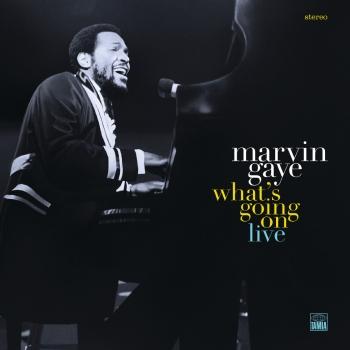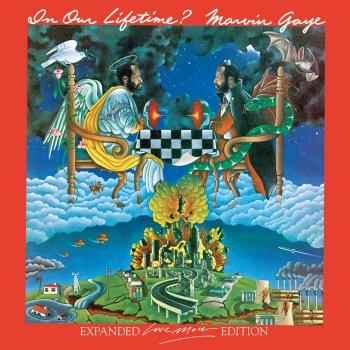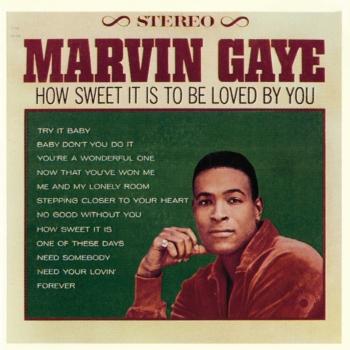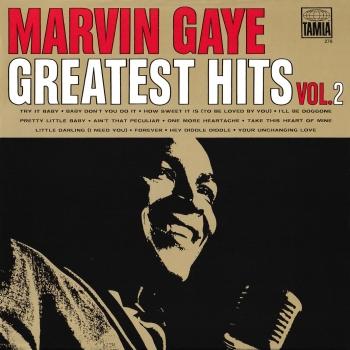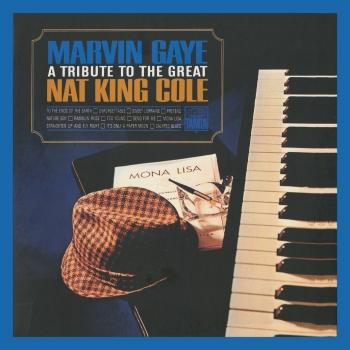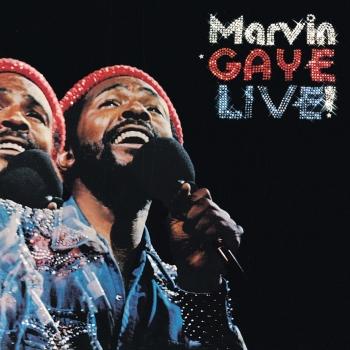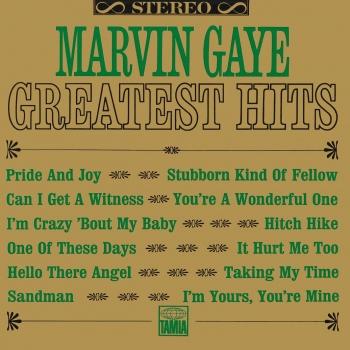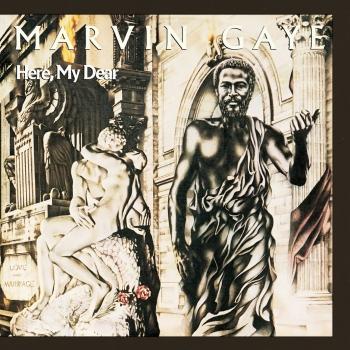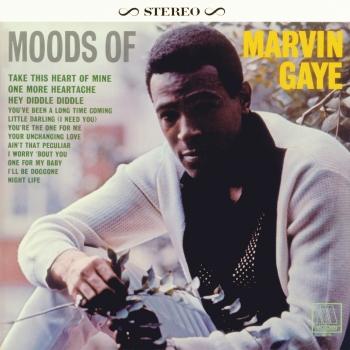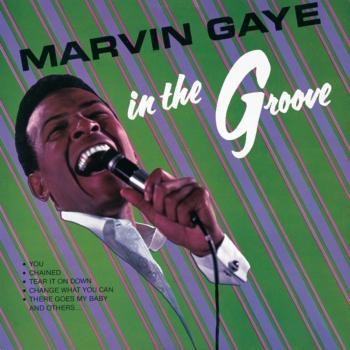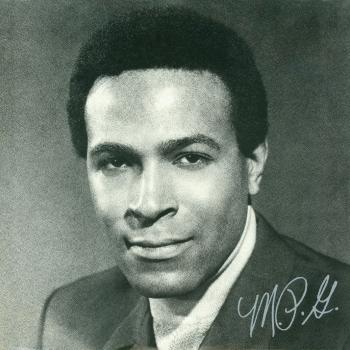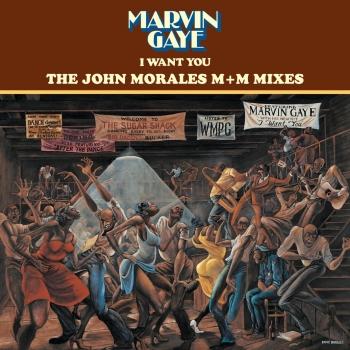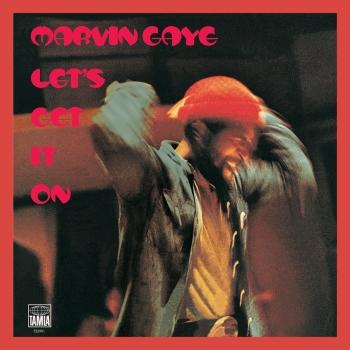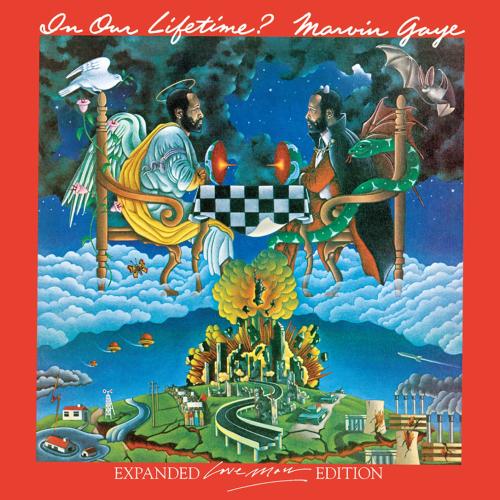
In Our Lifetime? (Remastered) Marvin Gaye
Album Info
Album Veröffentlichung:
1981
HRA-Veröffentlichung:
26.03.2021
Das Album enthält Albumcover
Entschuldigen Sie bitte!
Sehr geehrter HIGHRESAUDIO Besucher,
leider kann das Album zurzeit aufgrund von Länder- und Lizenzbeschränkungen nicht gekauft werden oder uns liegt der offizielle Veröffentlichungstermin für Ihr Land noch nicht vor. Wir aktualisieren unsere Veröffentlichungstermine ein- bis zweimal die Woche. Bitte schauen Sie ab und zu mal wieder rein.
Wir empfehlen Ihnen das Album auf Ihre Merkliste zu setzen.
Wir bedanken uns für Ihr Verständnis und Ihre Geduld.
Ihr, HIGHRESAUDIO
- 1 Praise 04:52
- 2 Life Is For Learning (Album Version) 03:40
- 3 Love Party (Album Version) 04:59
- 4 Funk Me (Album Version) 05:35
- 5 Far Cry (Album Version) 04:33
- 6 Love Me Now Or Love Me Later (Album Version) 05:00
- 7 Heavy Love Affair (Single Version) 03:45
- 8 In Our Lifetime (Album Version) 06:59
Info zu In Our Lifetime? (Remastered)
Marvin Gaye’s In Our Lifetime? was an album with a long and often unhappy history, and one which came to mark the end of his 21-year association with Motown Records. But in the generation between its release on January 15, 1981 and its reappearance in a deluxe, augmented edition in 2007, widespread recognition had grown for a record of huge historical importance and creative substance, in a story that would soon end in tragic circumstances.
In Our Lifetime? and its tangled evolution may represent the inner conflicts of a star with a social conscience that was often incompatible with his heartthrob status. But it also stands as an atmospheric and spirited body of work that works within both of those parameters.
Gaye’s biographer David Ritz would write that, “created from despair,” the album nevertheless “emerges as a surprising and positive work, a provocatively moving account of a man at war with himself.” It was also tangible evidence of the artist’s avowed belief that the world would destroy itself with nuclear war, a fear that inspired both the title and the vivid cover art.
As a sign of his personal issues, Gaye had responded to the less than warm embrace of his 1978 “divorce” album, Here, My Dear, with an initial plan for a new, more accessible record called Love Man. Distracted by drugs and by live shows that included a set of dates in Japan in November 1979, attempts to finish the record to his satisfaction hit the buffers. “The tracks are happening, but the lyrics are jive,” he told Ritz. The planned release of Love Man in March 1980 came and went.
"Marvin Gaye's In Our Lifetime came after 1978's confessional and meandering double album Here, My Dear. Although this better set does seem effortlessly conceived, it wasn't that simple. Gaye originally envisioned a "party" album and almost released one called Love Man. After some consideration, Gaye nixed the idea and aimed for an effort that would spotlight his religious concerns. Thankfully, In Our Lifetime splits the difference between the two mindsets. The first single from the aborted Love Man shows up here. "Ego Tripping Out" works as both a parody of the "love man" with a few autobiographical flourishes as he sings, "Got a sweet tooth/For the chick on the floor." Slowly but surely the religious matters do surface here. The buoyant "Praise" has a blithe riff inspired and/or lifted from Stevie Wonder and has Gaye getting his message across without being preachy. Although no song is especially brilliant here, the level of Gaye's musical sense and his vocal prowess carry him throughout. The unfinished and non-Gaye-approved "Far Cry" has lyrics that are steam-of-conscious and are barely decipherable. The mesmerizing "Love Me Now or Love Me Later" has Gaye examining both good and evil with equal skill. The last track, the title song, has Gaye back in the party frame of mind and has great horn charts and a propulsive beat. In Our Lifetime is one of his finest later albums and captures him as his craft was maturing and becoming more multifaceted." (Jason Elias, AMG)
Marvin Gaye
Digitally remastered
Marvin Gaye
Brilliant, enigmatic, and headstrong, Marvin Gaye was an innovator. In 2009, he would have been 70 years old, and it has been 25 years since his tragic death. But today Marvin remains as influential and exciting as ever: Rolling Stone recently named him one of the greatest singers of all time.
He was born Marvin Pentz Gay Jr. on April 2, 1939, in Washington, D.C., where he dreamed of singing before large crowds; he joined a co-founded a local doo-wop group, the Marquees, who were spotted by Harvey Fuqua, who made them his new Moonglows. Marvin arrived in Detroit on tour with the Moonglows and stayed, as did Harvey, and Marvin was signed to Motown just based on raw singing talent. He was also a songwriter, an OK drummer-and handsome as hell. He wanted to sing jazz, to croon Tin Pan Alley standards, but that didn’t pan out. Motown founder Berry Gordy encouraged Marvin to sing R&B, and once Gaye sang the soulful (and autobiographical) “Stubborn Kind Of Fellow” in 1962, stardom enveloped him. The incendiary “Hitch Hike,” “Pride And Joy,” and “Can I Get A Witness” sold like crazy in 1963, and Marvin oozed silky sexiness on the 1965 classics “How Sweet It Is (To Be Loved By You),” “I’ll Be Doggone” and “Ain’t That Peculiar.”
By 1968′s immortal “I Heard It Through The Grapevine,” and on a series of electrifying duets with Mary Wells, Kim Weston (“It Takes Two”), and his ultimate singing partner, the ravishing but ill-fated Tammi Terrell (“Ain’t No Mountain High Enough,” et al), Gaye was a commercial force. He soon became recognized as an artistic one as well.
At decade’s turn, Marvin seized full control of his output with the deeply personal, socially aware 1971 masterpiece What’s Going On, which produced three hit singles: the title track, “Inner City Blues (Make Me Wanna Holler)” and “Mercy Mercy Me (The Ecology).” He defied expectations again with “Trouble Man,” a 1972 hit single featured in his haunting, jazzy score of the movie of the same name. He zoomed to the top of the charts with his passionate Let’s Get It On, while delivering a pop confection in Diana and Marvin, his duet album with Motown’s queen, Diana Ross. I Want You, released in 1976, was another sensual masterwork, a meditation on obsessive love that was also No. 1. Marvin made his personal life public through his songs, and it was never more evident in 1978′s Here, My Dear, a sprawling double-album chronicling his divorce from Anna Gordy, Berry’s sister. Even his No. 1 dance classic from 1977, “Got To Give It Up,” a studio cut added to flesh out the double-LP Live At The London Palladium, was about the singer’s reluctance to get loose on the dance floor.
Marvin left Motown in 1981, with the politically tinged album In Our Lifetime. He fled to London, then Belgium, where he created for Columbia Records “Sexual Healing,” his first Grammy® winner. But another hit was not salvation from his demons. On April 1, 1984, one day before his 45th birthday, Marvin was shot to death by his father.
Marvin’s influence reaches across the generations. He was rightfully among only the second group of artists honored with induction into the Rock and Roll Hall of Fame, in 1987. More recently, Marvin was No. 6 on Rolling Stone’s list of the 100 Greatest Singers Of All Time. “Motown Week” on American Idol 2009 (Season 8) featured remaining contestants singing not one but two of Marvin’s songs. His records-and his ringtones and his DVDs-are still going gold.
Dieses Album enthält kein Booklet









